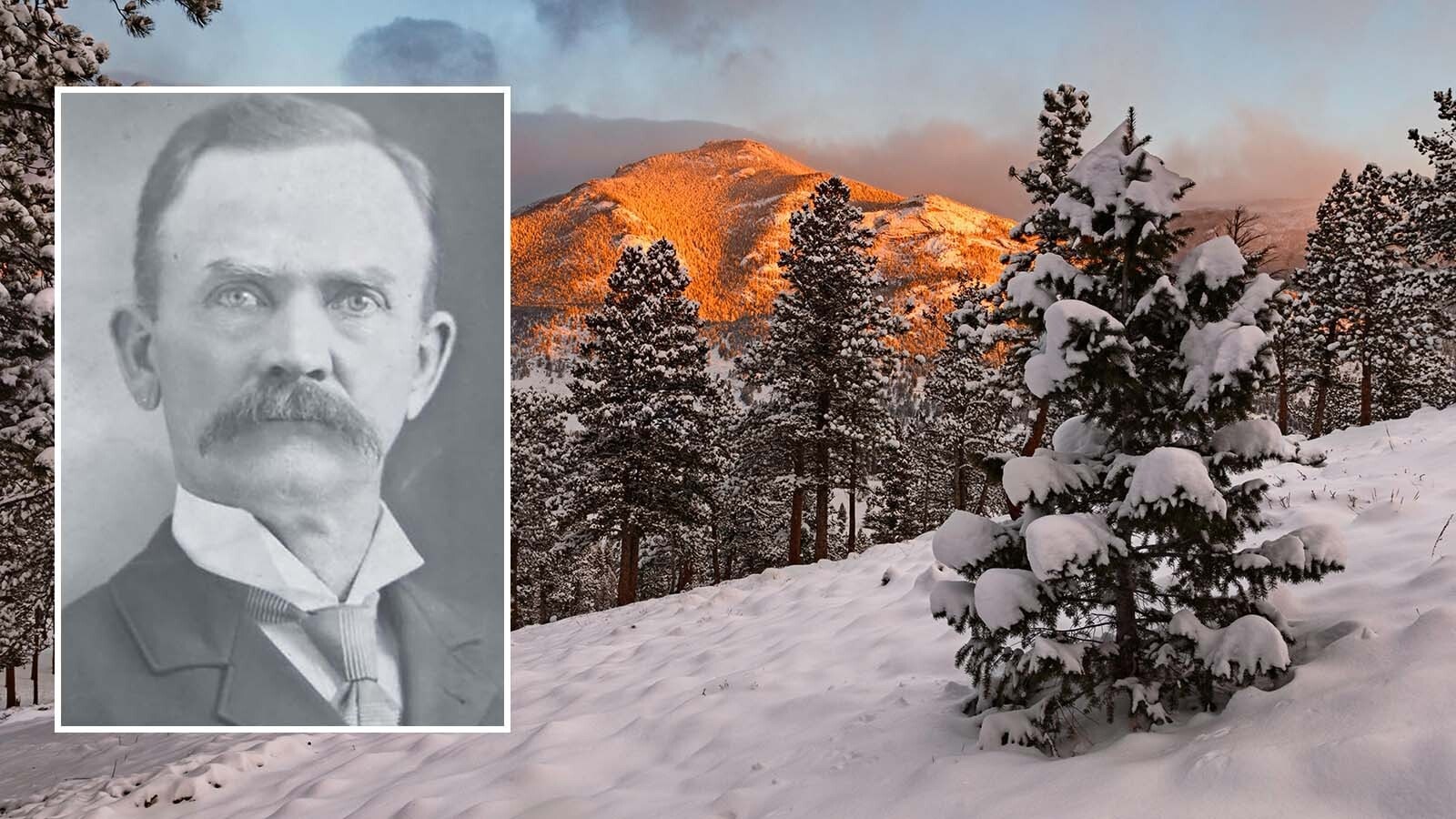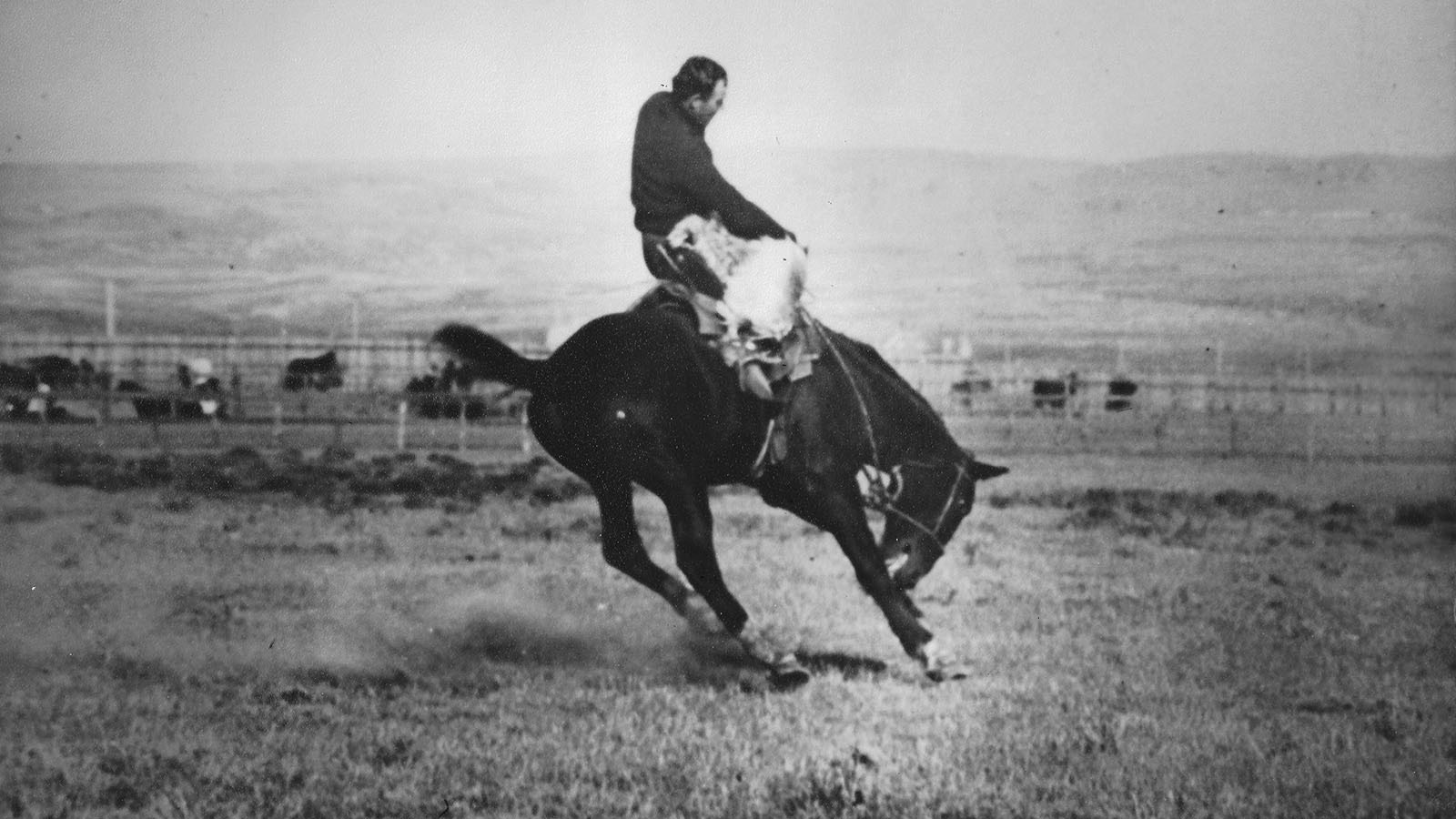Wyoming’s role in winning the vote for women is well chronicled and documented in history, and rightly so. But the first woman to actually cast a ballot in an election is less well known, and often a surprise.
That’s because that woman, Seraph Young, did not vote in Wyoming, but in the neighboring Utah Territory.
Here’s the history. Wyoming was the first state or territory to legislate in favor of voting rights for women. A law passed in December 1869 earned Wyoming’s place as the vanguard in female suffrage, following a long campaign by suffragettes across the country.
Utah Territory followed suit, passing similar legislation in February 1870. Stephen A. Mann, Utah’s acting territorial governor, signed the bill Feb. 12 of that year.
Two days later, on Valentine’s Day 1870, Salt Lake City held a municipal election. So, while politicians bloviated and a brass band played at the Council Hall, home of the Territorial Legislature and City Hall, Seraph Young stopped by on her way to her teaching job at the University of Deseret to cast a ballot—making her the first woman in the United States to vote under a law allowing equal suffrage for women.
Seraph Young was 23 years old that day. She had not been a campaigner for women’s rights or an active suffragette, and little is known of her early life.
She was born Nov. 6, 1846, in Winter Quarters, Nebraska, where the Mormons, having fled their homes in Nauvoo, Illinois, lived in temporary shelters until migrating to the Great Basin en masse beginning the following Spring.
She was the daughter of Cedenia Clark and Brigham Hamilton Young, and the grandniece of Mormon leader Brigham Young. Her family arrived in Great Salt Lake City in October 1847.
Two years after casting her history-making ballot, Seraph married Seth L. Ford in Salt Lake City and gave birth to three children; the first, a son, died while only a year old. Her two daughters lived long lives.
Her husband, Seth, had fought with the Union Army during the Civil War, and war wounds caused health problems for the rest of his life. Seth and Seraph left Salt Lake City and moved to New York seeking treatment and to be near Seth’s family. He received a pension for his disability and for a time lived in a home for disabled veterans.
Seraph struggled to support her family. Government pension records show that she and her daughters were sometime street musicians, singing, playing the banjo and harmonica, busking for donations.
Later, Seraph moved her husband to Maryland, near Washington, D.C., where their married daughters had relocated. Seth died in 1910 and was buried in Arlington National Cemetery.
Seraph Young Ford, America’s first female to cast a ballot, never returned to Utah or to Salt Lake City, scene of her history-making vote.
She died June 22, 1938, and was buried next to her husband at Arlington National Cemetery. For decades, her headstone displayed a misspelling of her name—Serath—and was not corrected until 2020.
A mural of Seraph casting her ballot hangs in the House Chamber at the Utah State Capitol, and she is memorialized on “A Path Forward,” a display honoring women’s suffrage at Salt Lake City’s Council Hall, moved from its original location to Capitol Hill.
Along with Seraph Young, 24 other women reportedly cast votes in the Feb. 14, 1870, municipal election in Salt Lake City. But six months later, in August, thousands of women voted in the general election in Utah Territory.
For 17 years Utah women voted in state and local elections until the United States Congress passed the Edmunds-Tucker Act in 1887, one of many attempts by the federal government to end Mormon polygamy. Among other provisions, the law took away women’s right to vote.
Wyoming Territory was quick on the draw in passing legislation giving women the vote, but slow to hold an election in which they could exercise their franchise. Wyoming women first cast ballots on Sept. 6, 1870, by which time thousands of Utah women had already voted.
R. B. Miller can be reached at WriterRodMiller@gmail.com





